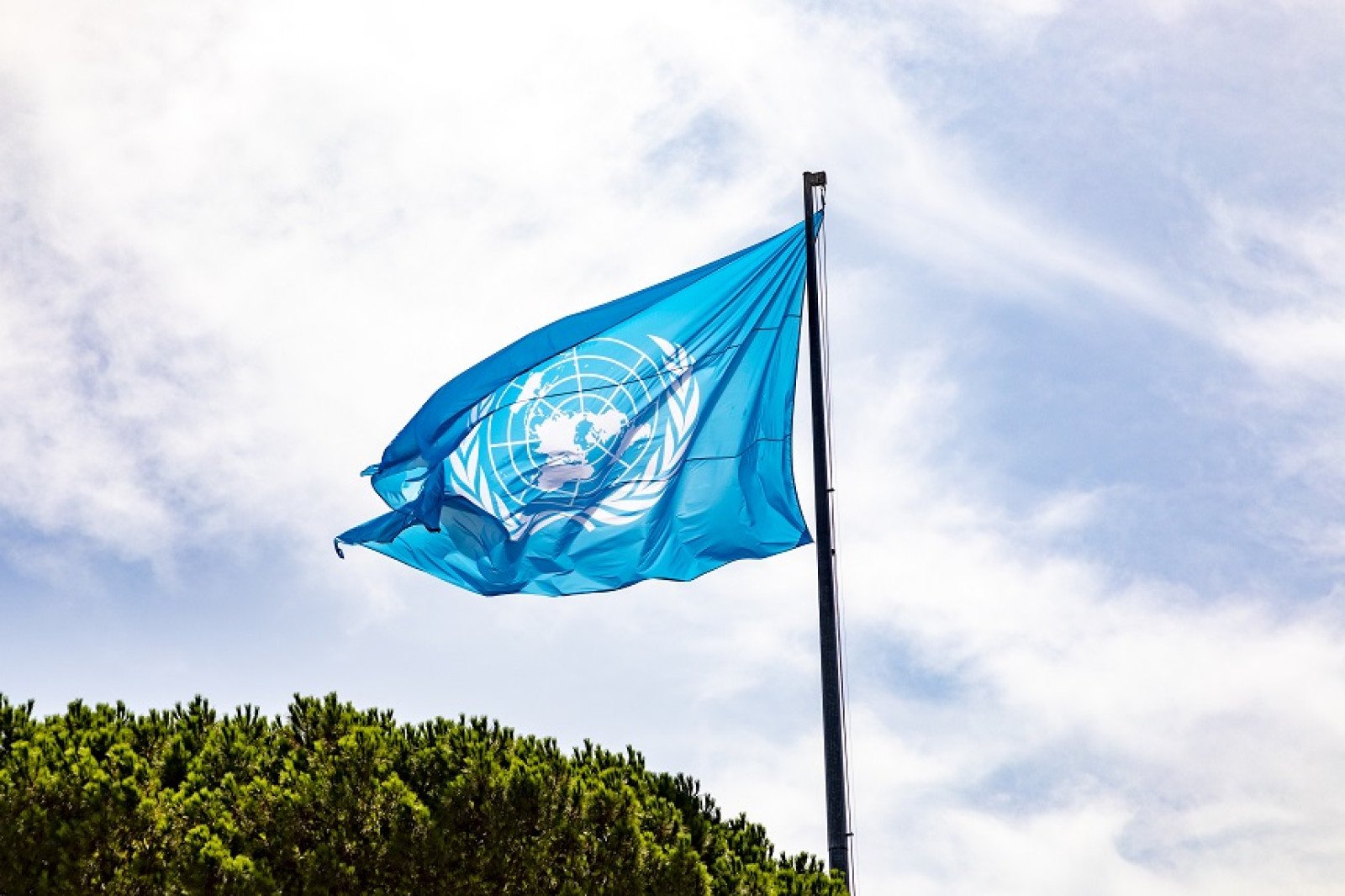The Paris Agreement commitment
Explore Canada’s and our own personal carbon footprints.

Overview
Explore how Canada fits on the world stage. Discuss ways that we all can influence governments and companies to become greener and more sustainable. Students will assess their carbon footprint and make a climate commitment for 30 days.
Instructions
What you'll need
- Laptop and projector
- “Climate commitments” student handout, one copy for each student
- To learn about the UN and the Paris Agreement, start with these activities: The United Nations (UN), then and now and Understanding the Paris Agreement.
- Next, watch "Every fraction of a degree matters" video.
- Let students know that we need to act now. Governments need to take action and lead our countries and we need to show our governments that we care, making them more likely to take action.
- Ask students what they think influences governments to make changes. How can people encourage their governments to meet and go beyond the Paris Agreement? What can we do as young people do to make a difference? Encourage them to come up with ideas like contacting their government representatives by writing letters and emails.
- Many people making individual change demonstrates to their governments and companies that they care about climate change. We need big changes from companies and governments, but also to make changes in our own lives to fight climate change.
- Ask students how they think Canada compares to other countries, when it comes to meeting the Paris Agreement targets. Use this website, State of the climate to view a snapshot of Canada’s track record. Compare it to other countries of interest, like the USA. We may be smaller than China and US for total emissions, but we're among the highest for per capita emissions (total emissions divided by number of people).
- As a class, look at the UN 10 actions. Discuss different ways each person can reduce their greenhouse gas emissions for each category. Actions include saving energy at home, changing your home’s source of energy, walking, biking, or taking public transport, switching to an electric vehicle, consider your travel, reduce, reuse, repair and recycle, eating more vegetables, throwing away less food, planting native species, and cleaning up the environment. Discuss how some actions are easy for us to do like throwing away less food and not littering while some actions are more challenging like switching to an electric vehicle.
- Give each student a copy of the “Climate commitments” student handout. Tell students to fill out the first part of the handout “Individual tasks” by looking at each action, and deciding whether it's something that they already do all the time, sometimes, don’t currently do but could do, or that isn’t possible for them to do. Remind students to be honest with themselves. They can add two of their own ideas to the bottom of the list.
- Students will then commit to doing two of their “could do” actions over the next 30 days. Have students get an accountability buddy for the challenge and check back with that person in 30 days to see how each of them has done with their pledges. Encourage students to put their climate commitment somewhere they will see every day.
- Also included on the handout is a household checklist, which students can use to initiate a conversation with their families about what kinds of climate friendly items and actions they have at home.
Modify or extend this activity
As a class, look at the UN Environment Programme’s Act Now Speak Up! website, and look for tasks the class could do together, such as writing letters to their local leaders and companies, or find ways to talk about climate change with others.
Curriculum Fit
Socials 6
Big Ideas
- Complex global problems require international cooperation to make difficult choices for the future. Key questions: What are the rights and responsibilities of a global citizen
- Economic self-interest can be a significant cause of conflict among peoples and governments.
- Media sources can both positively and negatively affect our understanding of important events and issues.
Content
Roles of individuals, governmental organizations, and NGOs, including groups representing indigenous peoples global poverty and inequality issues, including class structure and gender
Assessments
- Assess students’ participation and cooperation in class discussions.
- Assess students’ understanding of the importance of both individual actions and large systemic actions to fight climate change.
- Assess students’ commitment to the climate pledge.
Teaching Notes
The UN 10 actions to limit climate change
- Save energy at home (energy efficient appliances, LED lights, hanging clothes to dry, heat pumps, washing clothes in cold water).
- Walk, bike or use public transport.
- Eat more vegetables (less meat/dairy).
- Consider your travel (fewer flights, using trains/buses or avoid travelling).
- Throw away less food (and compost what you do have to toss).
- Reduce, reuse, repair & recycle (buy less stuff, repair things you have, buy second-hand, clean and sort recycling properly).
- Change your home’s source of energy (switching from gas to clean electricity).
- Switch to an electric vehicle (or avoid needing a car altogether, carpool, transit, bike, car shares).
- Make your money count (buy local, support environmentally sustainable products and companies).
- Speak up (talk to neighbours, friends, family; contact local, national and world leaders; tell business owners you care about their carbon footprint).
Source: United Nations
Canada on the world stage
- Canada is one of the highest GHG emitters per capita
- Individual actions matter: fewer fossil fuel cars, less meat/dairy, less flying
- Need for better infrastructure, such as public transportation
- Eliminating oil and gas subsidies and investing in clean energy
Source: Canadians are among the world's worst carbon emitters. Here's what we can do about it






